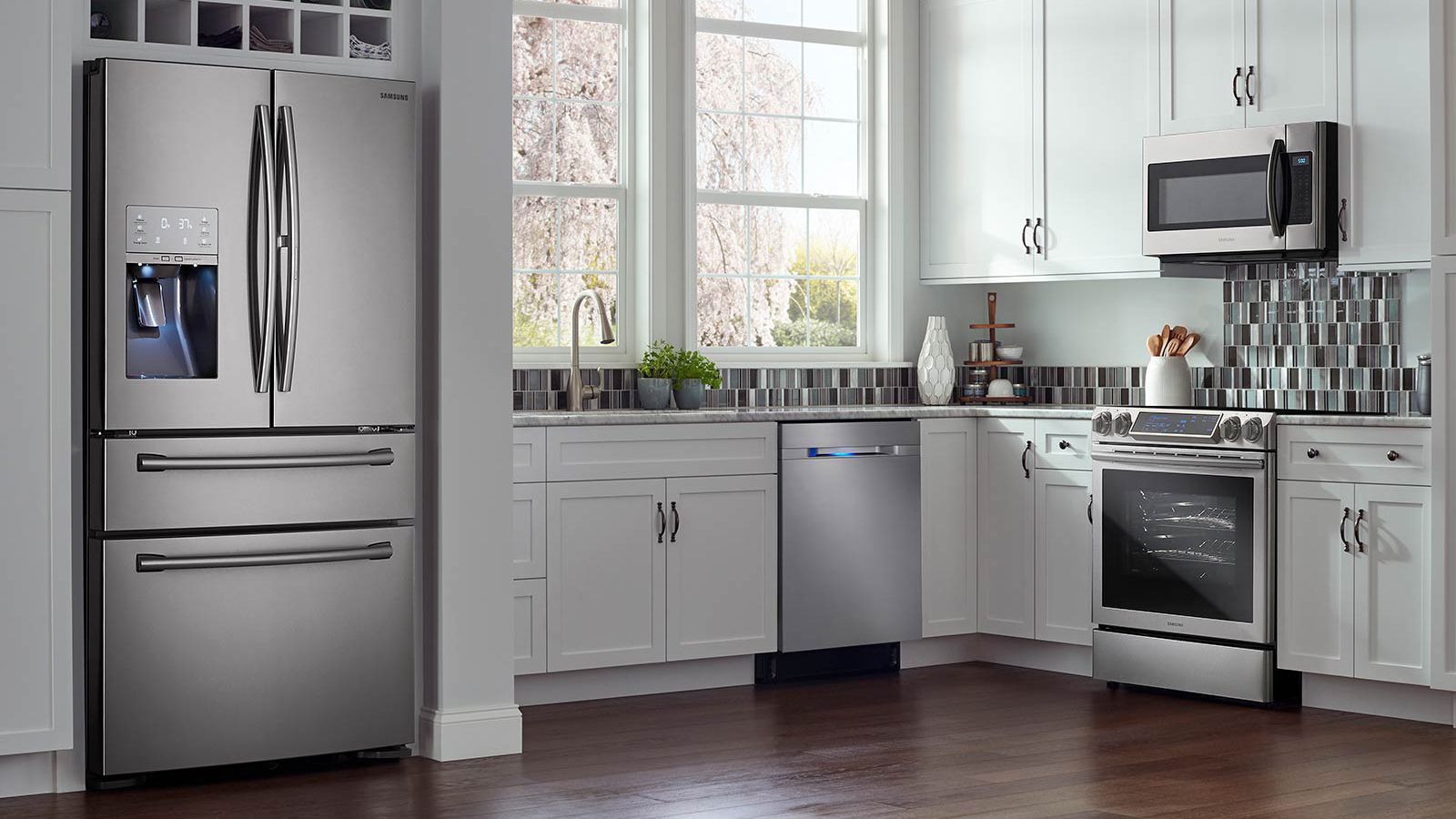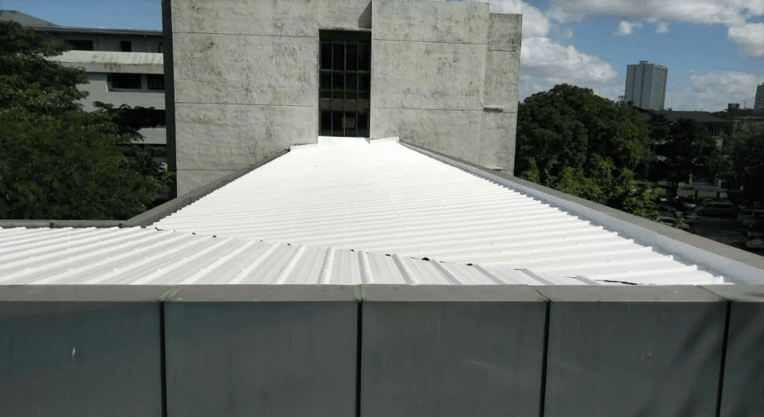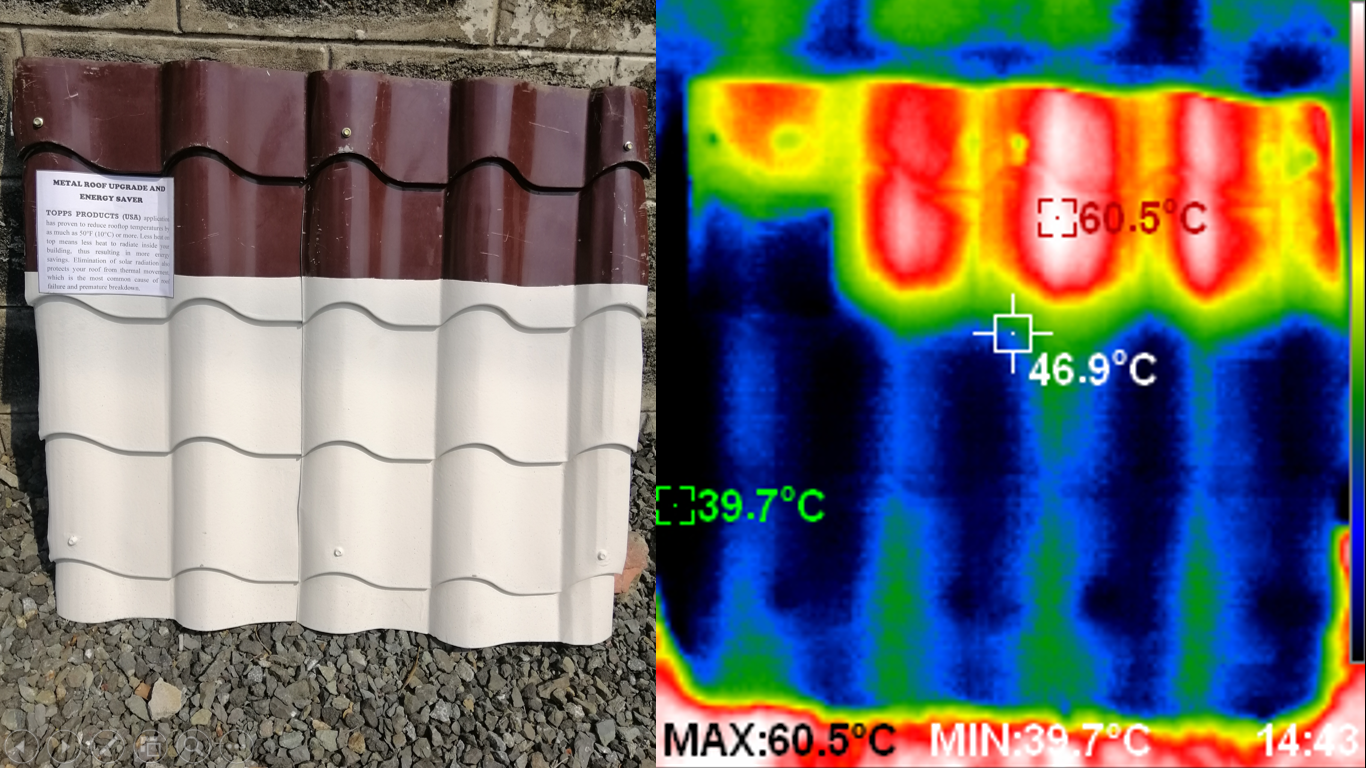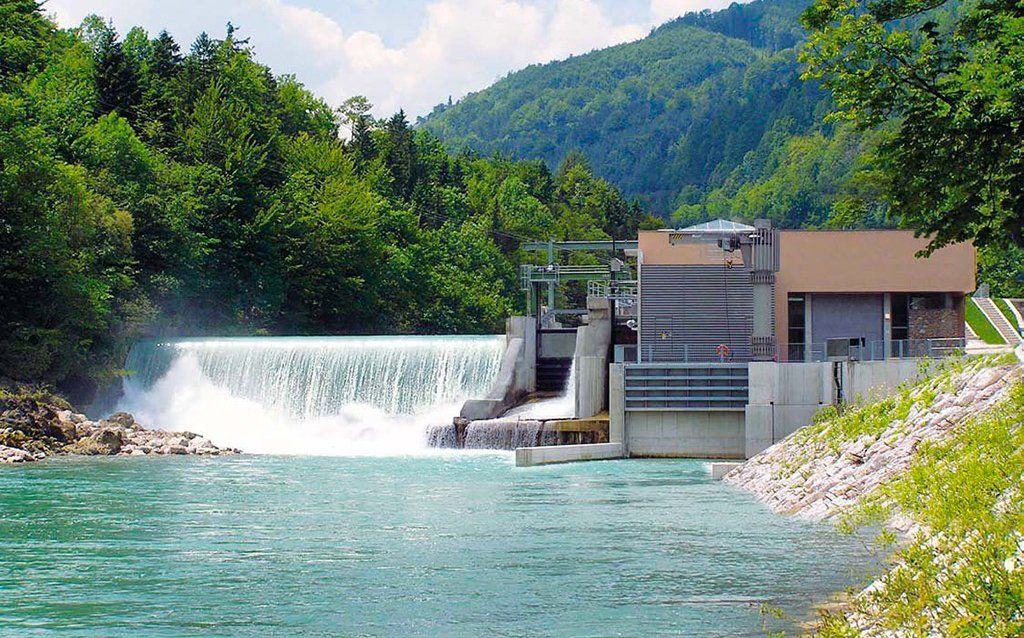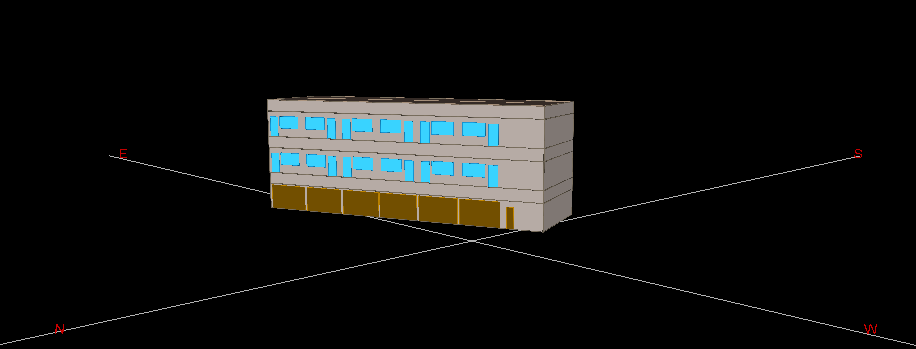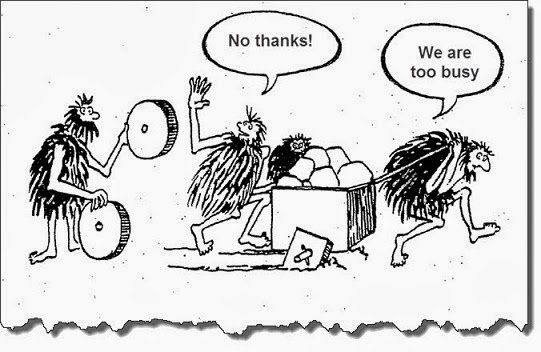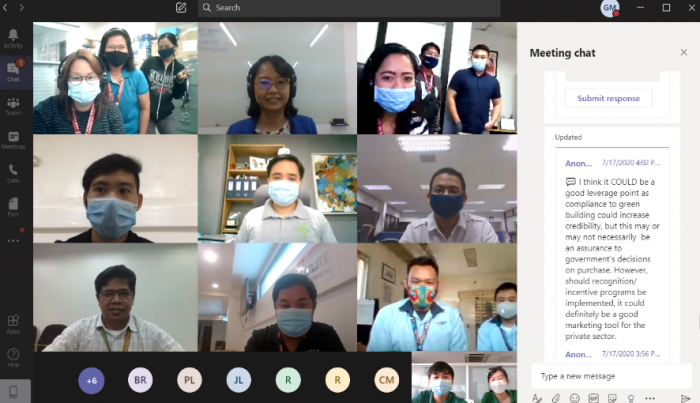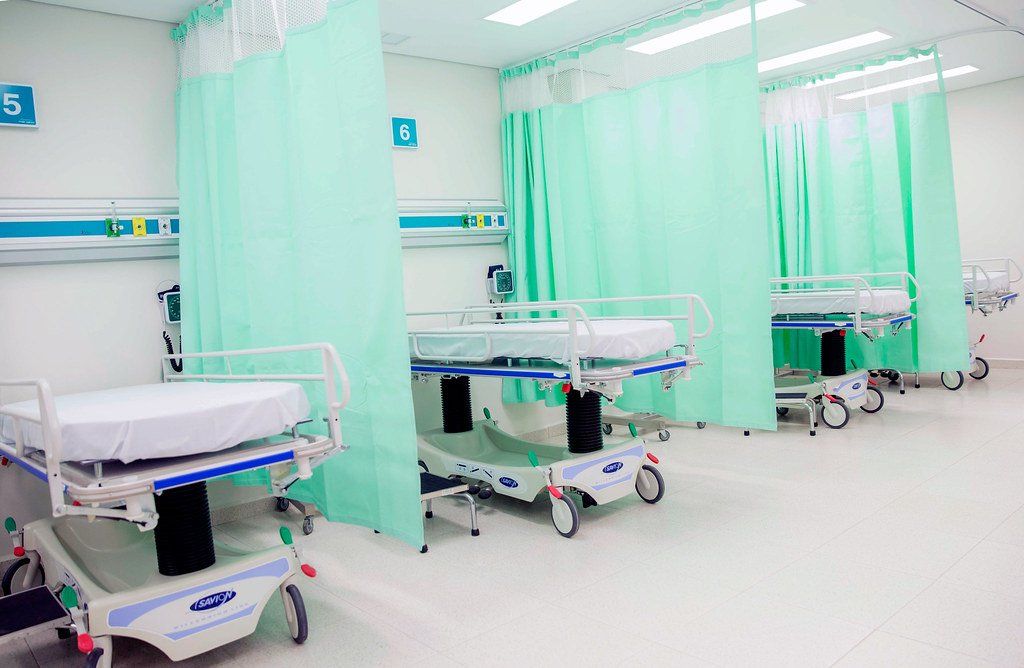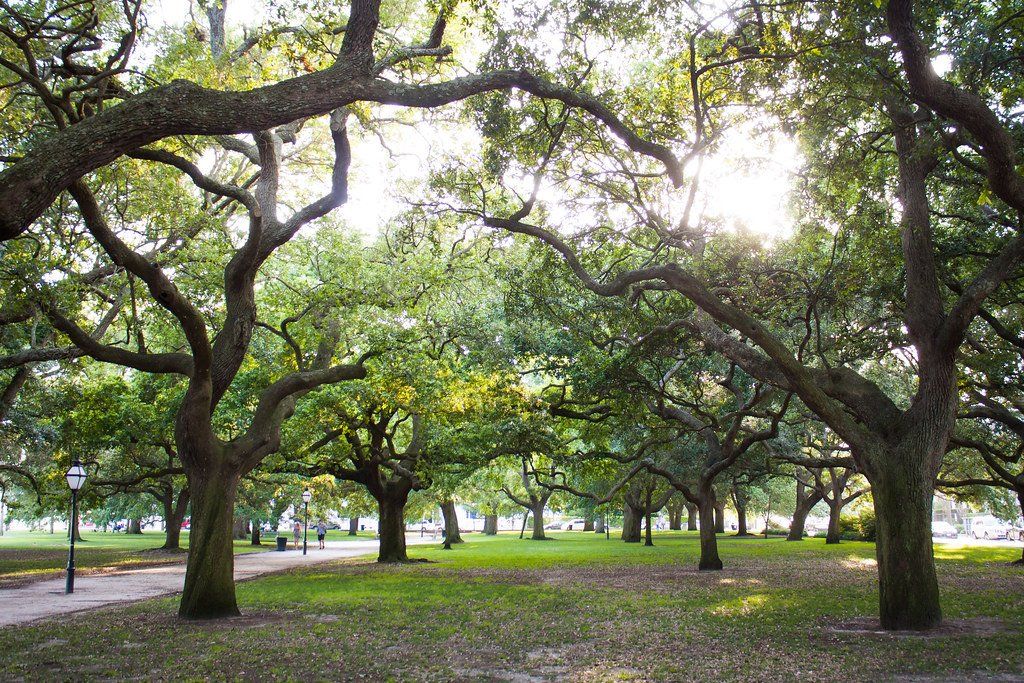Taking The Heat In Rapid Development
With the “Build, Build, Build” program of the current administration, Metro Manila has seen a trend of rapid urbanization over the past 3 years. New construction projects are being done at an exponential rate all over the city, which can symbolize strong economic progress for the city and country. However, with large-scale development projects comes large-scale environmental impacts, particularly a phenomenon called the “Heat Island Effect”.
If you are part of the construction sector or are just interested in the concepts behind urban planning, you may have heard of this before. Basically, it is when urbanized areas experience more heat due to the presence of numerous surface construction materials such as roofs, walls, and roads. During the day, the concrete and metal surfaces of buildings would absorb sunlight which would make evenings warmer. The use of asphalt in roofs and roads have a substantial effect particularly when it comes to this due to the material’s black color. Though the temperature increase would be only by a few centigrade (ᵒC), the resulting environmental impacts are significant.
With the increase in temperature, building electricity consumption will rise along with it. On average, air-conditioning would contribute to roughly 40% of overall energy consumption and in order to achieve thermal comfort, people would likely use their A/C more to combat the heat. Given that the majority share of the Philippine energy mix consists of fossil fuels, the additional energy consumption from cooling systems would emit more greenhouse gases into the atmosphere, thereby heating up the already warm surroundings.
One common solution to this issue would be to create green roofs on top of buildings. In essence, one would be putting up a roof garden, which would allow the plants to use its leaves to cool the surrounding air via evaporative cooling. The main concept behind this is to make the roof surface wet as to reduce heat in the outdoor air, thus measures such as sprinkling water onto roofs are also considered. Though these solutions have proven to be effective, they incur large investment and operational costs. For the next blog, we’ll discuss a more cost-effective solution which would both reduce the heat island effect and save companies millions in the long term.
To find out more about energy modelling and our consultancy services, check our our website at www.greensolutions.ph.

Site Pages
Contact
79 Sct. Reyes cor. Sct. Lozano,
Quezon City, Philippines
All Rights Reserved | Green Solutions, Inc.


